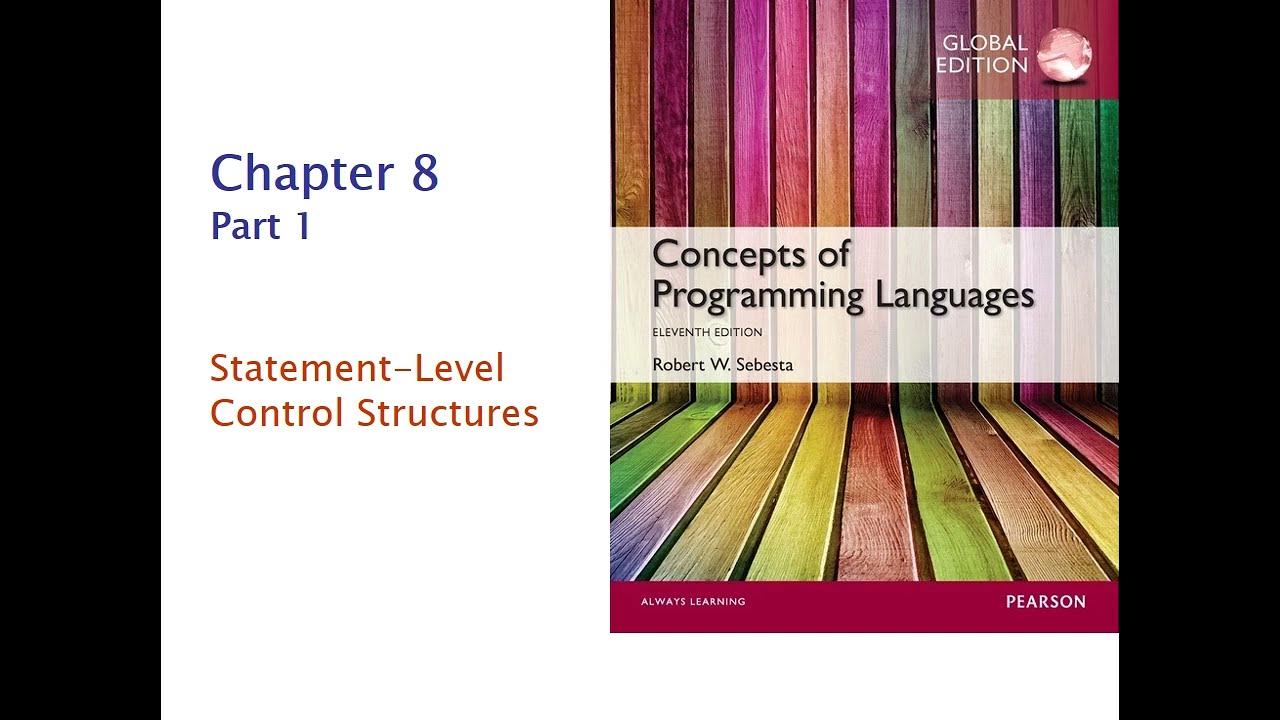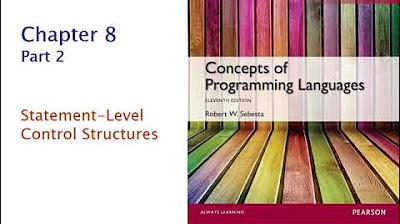Match Statements Pt 1 | Godot GDScript Tutorial | Ep 09
Summary
TLDRThis tutorial episode delves into the 'match' statement, a selection control mechanism in programming that uses pattern matching to alter program flow. It explains the use of the underscore as a default pattern and the 'continue' keyword for further pattern checks. The script covers various match patterns, including constant, variable, wildcard, binding, array, dictionary, and multiple patterns, illustrating their applications with examples. The tutorial aims to help programmers understand and effectively utilize the match statement in their code.
Takeaways
- 📌 The 'match' statement is a selection control mechanism used to alter program execution flow based on the value of a variable or expression.
- 🔍 Patterns in a match statement are matched in chronological order, and once a match is found, the corresponding block is executed and the match statement exits.
- 🔄 The underscore symbol '_' can be used as a wildcard pattern in a match statement, acting as a default block to execute when no other patterns match.
- 🔄 The 'continue' keyword allows the match statement to continue checking subsequent patterns even after a match has been found.
- 📚 The match statement can be illustrated with a flowchart, showing the process of evaluating patterns against a given value.
- 🔑 There are seven types of match patterns in GDScript: constant, variable, wildcard, binding, array, dictionary, and multiple patterns.
- 🔢 Constant patterns match primitive data types like booleans, strings, and integers, with case sensitivity for strings.
- 📝 Variable patterns use a variable or enum to match against a specific value.
- 🎯 The binding pattern not only matches a value but also assigns it to a variable within the match block, with local scope limitation.
- 📊 Array patterns check both the length and the elements of an array, allowing for nested patterns and open-ended arrays with '..'.
- 📘 Dictionary patterns work similarly to array patterns but with key-value pairs, requiring constant keys and allowing sub-patterns for values.
- 🔣 Multiple patterns allow a value to match against a range of possible values, separated by commas.
Q & A
What is a match statement in programming?
-A match statement is a selection control mechanism that allows the value of a variable or expression to determine the flow of program execution by matching patterns and executing corresponding code blocks.
How do patterns in a match statement work?
-Patterns in a match statement are matched in chronological order. If a pattern matches the value, the corresponding match block is executed and the match statement exits.
What is the purpose of the underscore symbol in a match statement?
-The underscore symbol is used as a wildcard pattern to denote a default block statement that is executed when no other patterns match the value.
What does the 'continue' keyword do in a match statement?
-The 'continue' keyword allows the program to continue checking other patterns even after a match has been found and the corresponding block has been executed.
Can you provide an example of a basic match statement flowchart?
-A basic match statement flowchart starts with taking a value, checking it against patterns in order. If a pattern matches, it enters the block statement and exits. If no pattern matches, it either exits or enters a default block if one exists.
What are the different types of match patterns in GT script?
-In GT script, there are seven types of match patterns: constant, variable, wildcard, binding, array, dictionary, and multiple patterns.
How is a constant pattern used in a match statement?
-A constant pattern uses literal values such as integers or strings to match against the value. It's straightforward and requires exact matches, with strings being case sensitive.
What is the role of the binding pattern in a match statement?
-The binding pattern is used to catch everything like a wildcard but also assigns the matched value into a variable, which can then be used within the block statement of that pattern.
Can you explain how array patterns work in a match statement?
-Array patterns treat each element in the array as a pattern and can include sub-patterns. They first test the length of the array and then check if the elements match. Open-ended array patterns can match arrays of any size with specific initial elements.
How does a dictionary pattern differ from an array pattern?
-A dictionary pattern works similarly to an array pattern but uses dictionaries instead of arrays. All keys in the pattern must be constants, but the values can include sub-patterns. It tests for matching key-value pairs.
What is a multiple pattern and how is it used?
-A multiple pattern allows for specifying multiple values that the match value can be tested against, separated by commas. It does not support bindings and can match a range of values instead of just a single value.
Outlines

このセクションは有料ユーザー限定です。 アクセスするには、アップグレードをお願いします。
今すぐアップグレードMindmap

このセクションは有料ユーザー限定です。 アクセスするには、アップグレードをお願いします。
今すぐアップグレードKeywords

このセクションは有料ユーザー限定です。 アクセスするには、アップグレードをお願いします。
今すぐアップグレードHighlights

このセクションは有料ユーザー限定です。 アクセスするには、アップグレードをお願いします。
今すぐアップグレードTranscripts

このセクションは有料ユーザー限定です。 アクセスするには、アップグレードをお願いします。
今すぐアップグレード関連動画をさらに表示

While Loops | Godot GDScript Tutorial | Ep 07

COS 333: Chapter 8, Part 1

Mengenal Salah Satu Jenis Alur Kendali yaitu: Loop / Pengulangan

Programming Basics: Statements & Functions: Crash Course Computer Science #12

Linux Sysadmin Basics 4.1 -- Filtering Output and Finding Things (&&, cut, sort, uniq, wc, grep)

COS 333: Chapter 8, Part 2
5.0 / 5 (0 votes)
